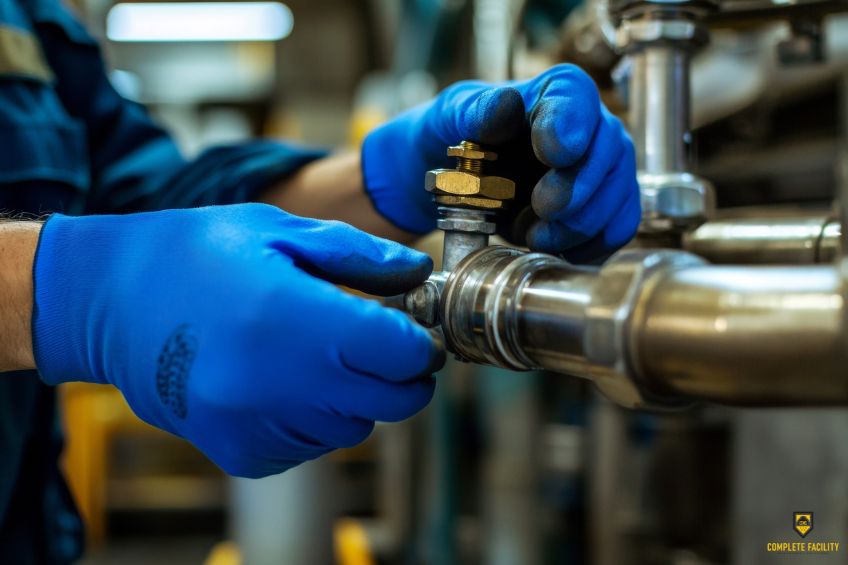
Routine maintenance is one of the most effective and often overlooked strategies for preserving the performance, safety, and longevity of building systems across commercial and industrial properties. In Utah—where seasonal temperature extremes and production-heavy industries are common—neglecting routine facility upkeep can lead to costly emergency repairs, compliance issues, and unexpected downtime.
A proactive approach to maintenance reduces the risk of catastrophic system failures and extends the life of essential assets like HVAC, plumbing, electrical, and safety infrastructure. For facility managers in sectors like manufacturing, food processing, and commercial operations, adopting routine maintenance protocols is not just about asset care—it’s about financial and operational protection.
Unplanned downtime is one of the most expensive consequences of poor maintenance planning. When a major system fails unexpectedly—like a rooftop unit in peak summer or a boiler during Utah’s winter months—the impact isn’t limited to repair costs. It can disrupt production, delay deliveries, or force temporary closures. These interruptions damage reputation and reduce revenue, especially in time-sensitive sectors like food processing or logistics. According to Accruent, identifying and addressing small issues early through routine maintenance prevents costly breakdowns and extends the life of equipment while improving its performance.
Beyond emergency service costs, deferring replacements or upgrades often results in increased energy consumption, reduced equipment performance, and more frequent system failures. A reactive maintenance model also makes budgeting unpredictable and increases the chance of code violations or missed inspections—issues that can be especially problematic in regulated industries across Utah.
Facility teams that implement scheduled maintenance programs gain several strategic advantages:
A FacilitiesNet article notes that facilities with consistent maintenance strategies also tend to have more accurate capital planning, lower insurance risk, and better employee safety records.
Many Utah-based industrial and commercial operations are adopting digital tools such as CMMS (Computerized Maintenance Management Systems) to manage maintenance intervals, service histories, and technician scheduling. These platforms allow for consistent documentation and help facilities stay audit-ready—especially important in food processing environments, where sanitation and environmental controls are tightly regulated.
Working with a service provider like Complete Facility Management Solutions enables organizations to implement and scale routine maintenance programs tailored to their building systems and operational needs. Their teams provide support across HVAC, plumbing, electrical, and safety systems to ensure facility uptime and prevent unexpected breakdowns.
Routine maintenance is an investment that yields measurable returns—both in avoided costs and system reliability. By prioritizing regular inspections and service tasks, Utah facility managers can reduce the risk of major repairs, extend the life of critical assets, and ensure smooth operation across every season.